On March 6th, 2024, the Santa Maria Bonita School District held a board meeting in which many teachers expressed dissatisfaction with the student behavior at El Camino. From student brawls to teachers being threatened, teachers wonder when something will be done.
El Camino US history teacher Jose Rodriguez describes his school as a “home away from home” and colleagues as “family to me.” Mr. Rodriguez describes how school suspension lowering was not good news, as there were not enough suspensions. He describes many incidents involving fights, shoulder-checking teachers, and even trails of blood in the halls. He describes how he has to hide students in the classrooms so that other students do not try to hurt them.
El Camino science teacher Luke Laurie states “It saddens me greatly to bear witness to the decline of a school that, not so long ago, was a venerated institution.” He states “El Camino was once a sanctuary of stability in an unstable world, but it has become a chaotic battleground where mixed messages and ineffective disciplinary consequences have stoked the fires of violence instead of extinguishing them.” Mr Laurie then gives three changes that must be made; Longer suspensions, prioritizing victim rights, and being a fully staffed school.
El Camino English teacher Alicia Sage states “The violence at our school is a spreading plague.” She states “Teachers and students alike are stressed out and constantly on edge. This often makes classrooms unmanageable and students disengaged.” Mrs. Sage then proposes that there is to be more security and supervision in schools, and teachers and TAs are to be paid more. Next, Mrs. Sage proposes that in-school suspension should be staffed more as well as the staff having experience with troubled children. Lastly, Mrs. Sage proposes that leadership should focus more on the legitimate issues of El Camino.
El Camino eighth grade English teacher Joel Kringel tells the board members to imagine a scenario of the crowd laughing and being disruptive, refusing to be quiet. He states “It is our sacred duty to ensure that schools are safe and that classrooms are orderly so students can focus.” He states that he is “going to advocate fiercely the rest of my teaching years.” He recommends that disruptive students be put into an alternative classroom where they cannot be disruptive, also allowing more than ten students at once.
El Camino math teacher Jereld Gash states that he “never thought that I would see my beloved school descend into the utter chaos it is in today.” He then describes how fights happen every day, at any time, even in classrooms. He describes the student-on-teacher violence, stating “in the last six months, three female teachers at El Camino have been punched in the face by students.” He compares how students behaved a few years back to their behavior now, ignoring directives and cussing out staff. He even states that “for my own personal safety and mental well-being, I’ve decided to look elsewhere within this district to teach.”
El Camino science teacher Lorissa Hosel recounts how she had a fight in her classroom on the day of the board meeting. She tells of her action of physically separating the students and guiding them out of the room. She states that she “often feels on edge in my classroom.” She states that They deserve to come to school and learn without disruption or fear of violence.”
El Camino physical education teacher Astacia Zarling speaks on the violence, assaults, intimidation, and harassment. She states that “teachers are having to deal with major behavior issues like students walking out of class, violent outbursts, students using offensive curse words.” She also states that “we have staff that have been injured, struck, cursed out while attempting to assist with breaking up fights which leave many of our staff members fearful of getting involved.” Students were not getting suspended for their first fight offense, leading to students believing that the first fight was free. She states that “one of the most heartbreaking things about the violence at our campus is the way that it has shifted the entire culture.” She recommends an SRO, or school site resource officer to “bring back a police presence on our site and begin to build a sense of community.” She also recommends to re-evaluate the suspension policy. Lastly, she recommends a junior high specific parent education/communication program.
In an interview, a teacher at El Camino, who wishes to stay anonymous, answered some of my questions. In response to the question “How is your experience with violence at El Camino,” they answer, “This has been a difficult year. This year has been the worst year that we have had in terms of fights and violence. It has been a difficult thing to experience because our school is not normally like this. We are trying our best to keep our students safe and make some changes.” In response to the question, “Have you ever felt personally threatened,” they answer, “Fortunately no, but I have some colleagues that have, and it’s more they have been trying to break up a fight, and have gotten in the middle. It wasn’t directed to them, but it’s happened a few times and it’s never happened before. That’s been hard, as well.” In response to the question, “Have you ever thought of transfering to a different school,” they answer, “I have, I love my school, and I really am hopeful that things are going to improve. I don’t want to transfer just yet, but it has crossed my mind, and that breaks my heart because El Camino is a special place and I’m not the only one in that situation. We have a lot of great staff and I am not sure if they are going to be there next year. I hope so.”
These teachers’ worries, among the worries of the parents and students of El Camino, build to create an intriguing case, one that the Santa Maria Bonita School District must take action on.


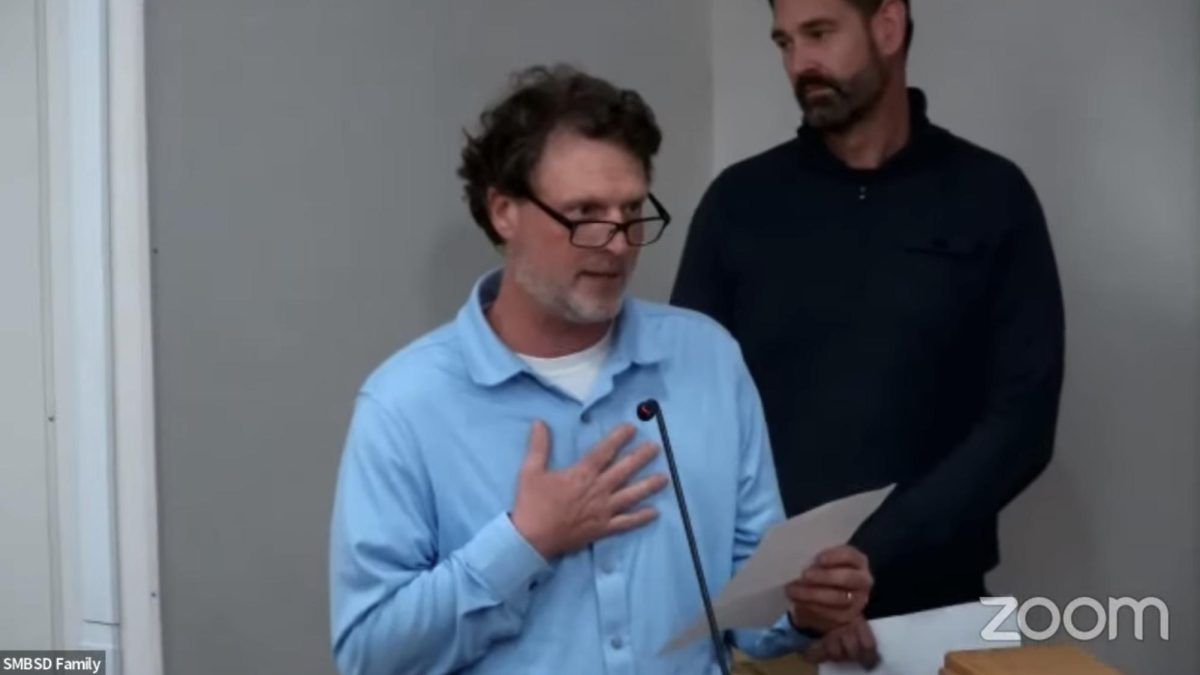


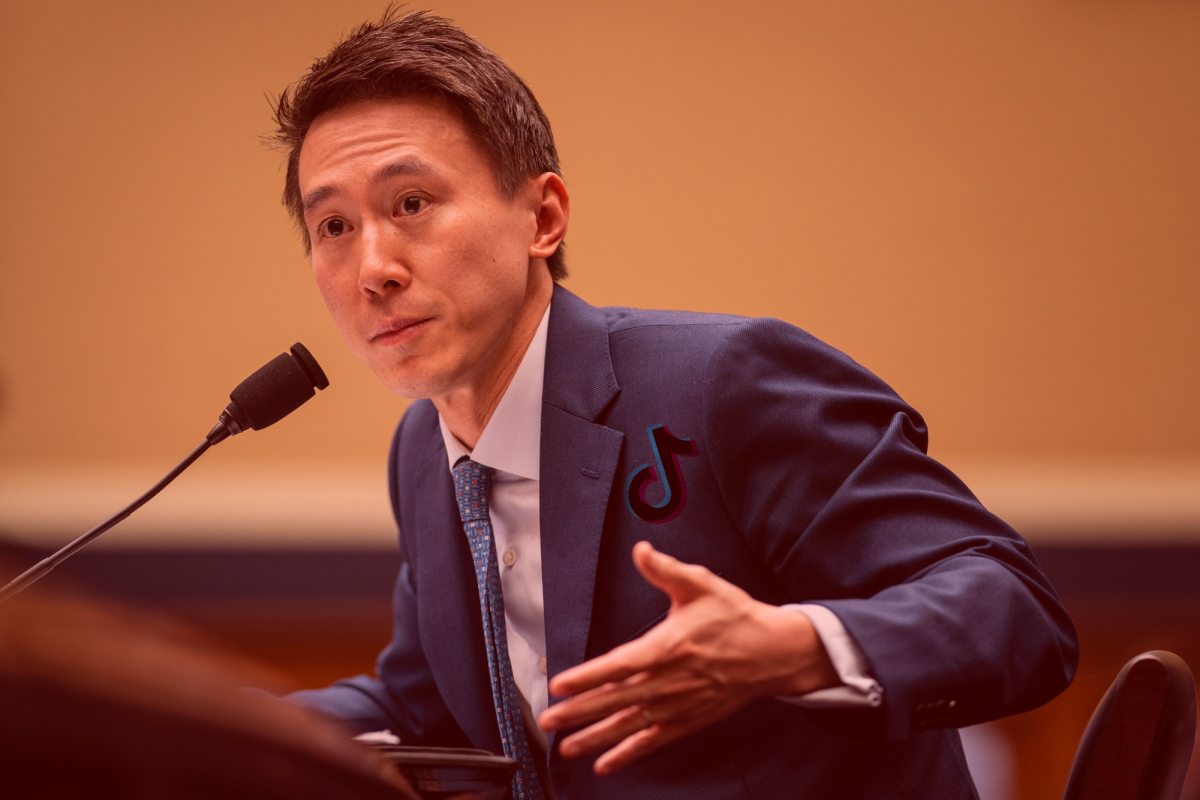



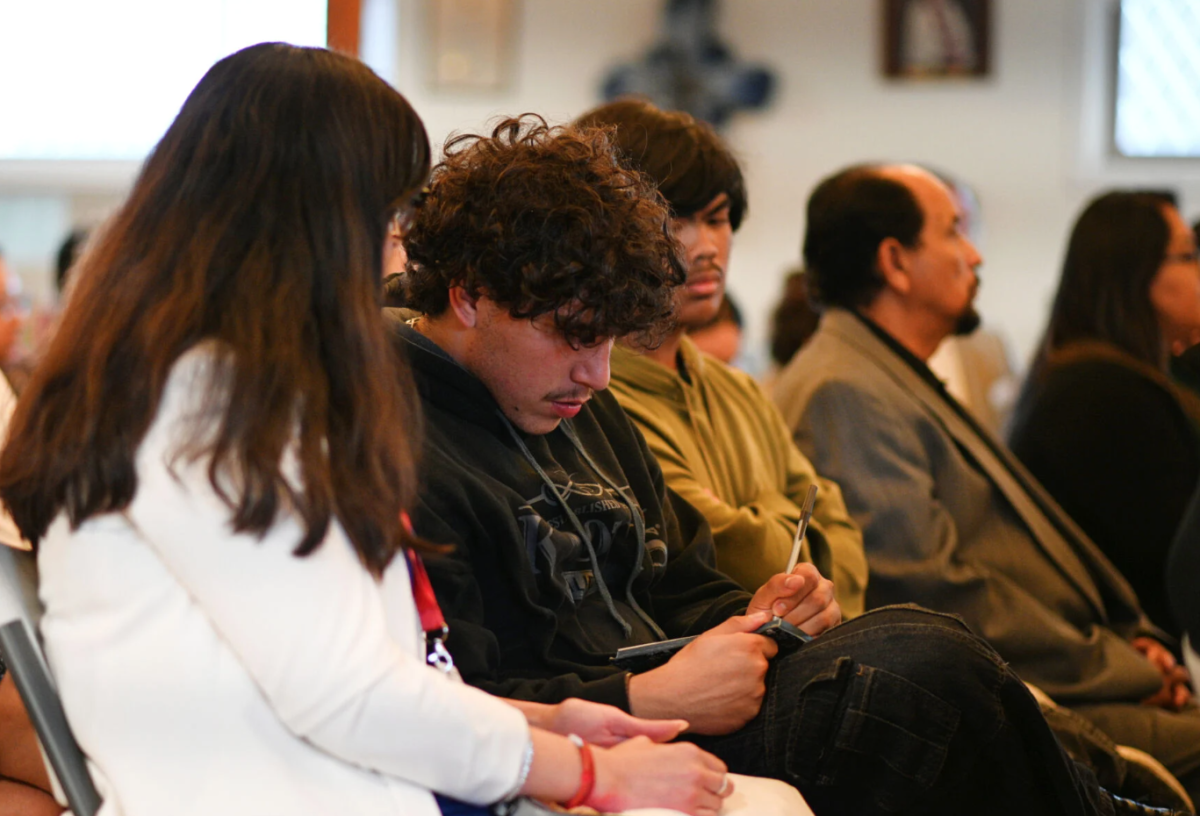
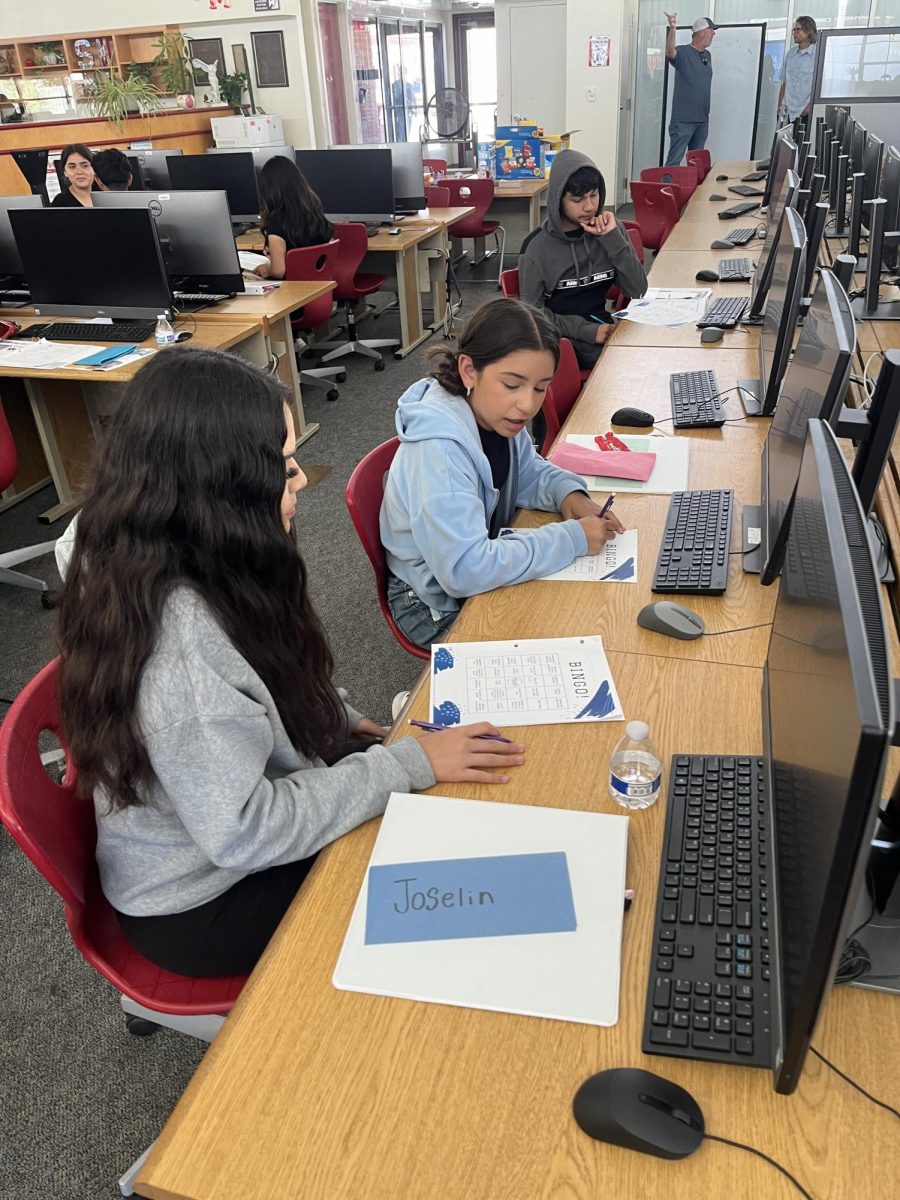

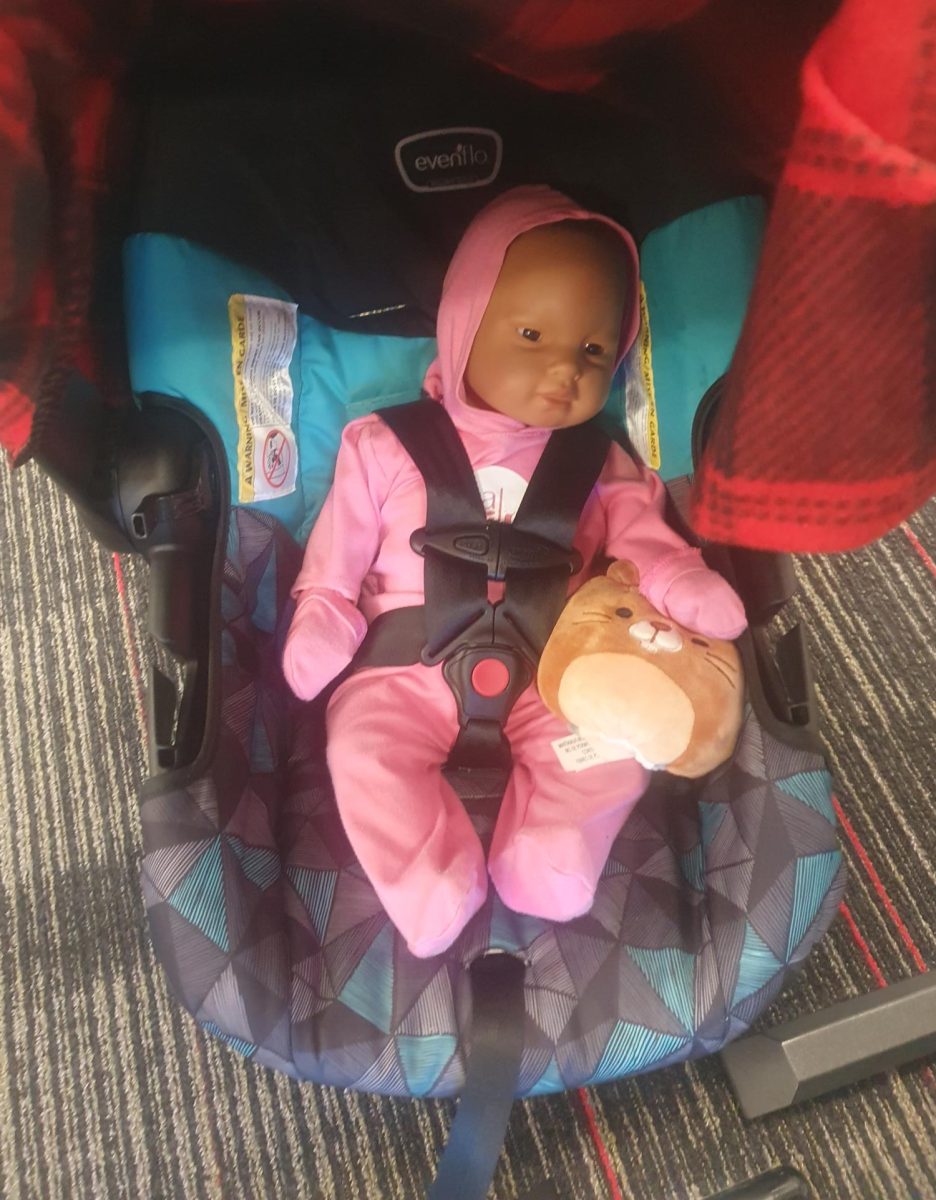


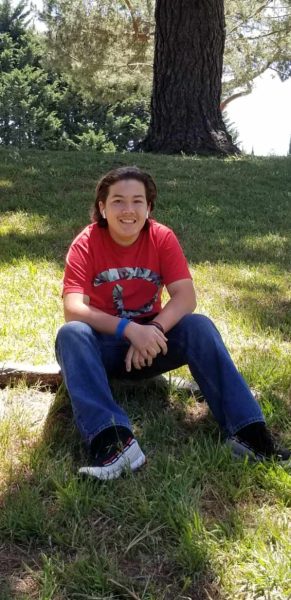
Rodrigo Garcia ♦ Mar 27, 2024 at 7:46 pm
Nice article!